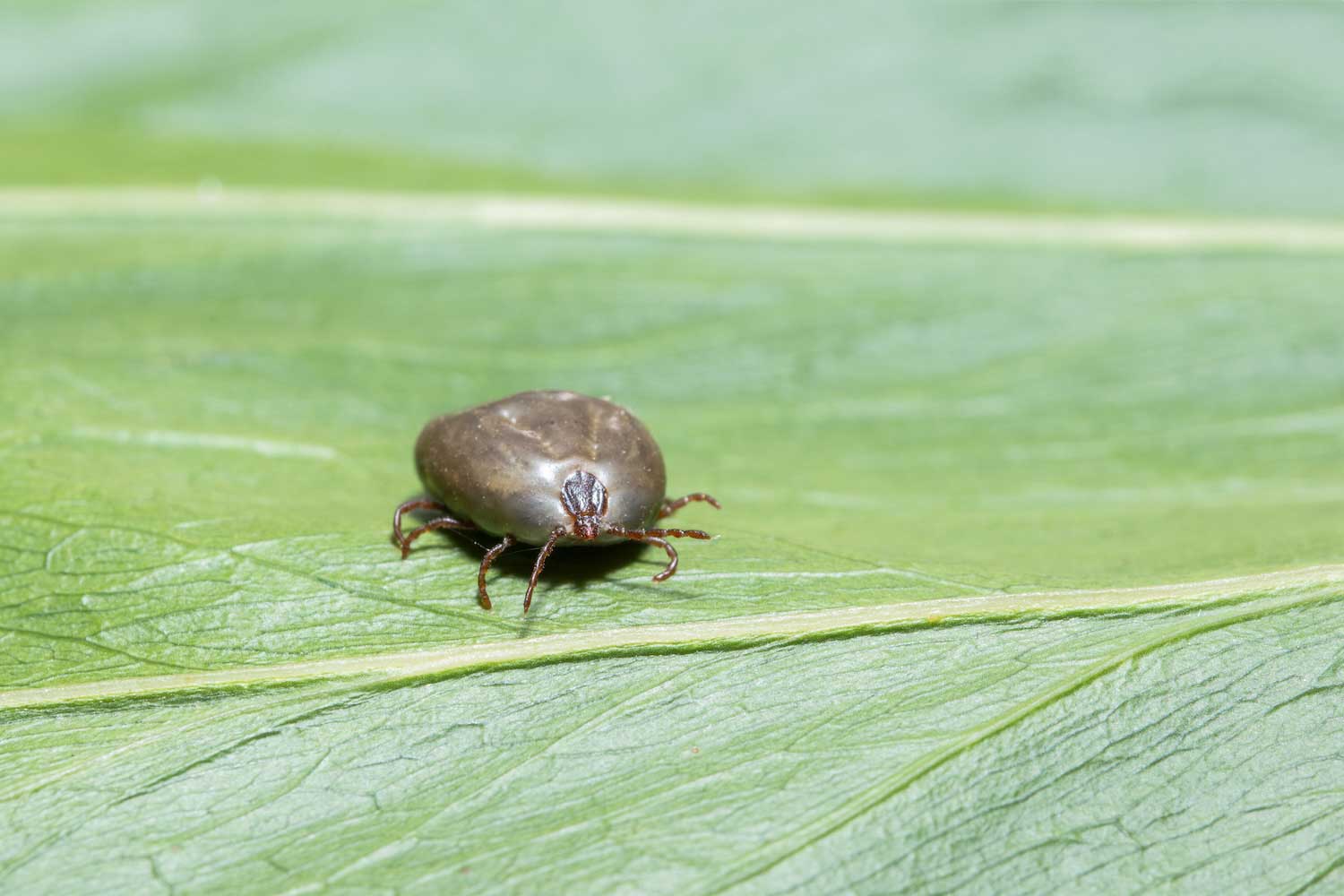New tick sighting in Illinois a reminder to be vigilant

An invasive tick species known as the Asian longhorned tick has been confirmed in Illinois for the first time this spring, bringing the total number of states where it has been reported to 20.
The tick, which is native to Japan, eastern China, Korea and parts of Russia, was first discovered in April in central Illinois' Morgan County as part of routine tick surveillance, according to the Illinois Department of Public Health. Although confirmed reports have been minimal, it is thought that their numbers and range in Illinois could expand quickly because female Asian longhorned ticks can lay as many as 2,000 eggs at once. In addition, the females can reproduce without mating.
These ticks are known to be capable of transmitting diseases that affect cattle, and severe infestations of the tick can even cause death among livestock, the public health department reports.
In other countries where they are present, they have spread pathogens via bites in both humans and animals. It is likely that these ticks will be found to carry pathogens that can make people ill, but research is still being done to understand the extent to which they make can pass pathogens onto humans to make them sick, according to the U.S. Centers for Disease Control and Prevention.
The Asian longhorned tick was first identified in the United States in 2017, although it is thought to have been here since 2010, the University of Illinois Extension reports. Illinois is the 20th state to record the tick; it has also been reported in several neighboring states, including Indiana, Kentucky and Missouri.
These ticks are light brown in color, and they are small, even by tick standards. They can be smaller than a sesame seed. Even when fully engorged, the female ticks are only about the size of a pea. Their small size makes them difficult to detect on a person or animal, according to the University of Illinois Extension.
The Asian longhorned tick has been found on people, pets, livestock and wildlife in the United States. Among the animals it has been found on are dogs, cats, cattle, chicken, sheep, goats, horses, gray squirrels, groundhogs, opossums, raccoons, skunks, deer, red foxes, gray foxes, black bears and numerous bird species, including great horned owls, Canada geese, red-tailed hawks and blue jays. The ticks have been found on animals at all stages of their life cycle — egg, larva, lymph and adult — and in some cases many, many ticks can be present at once, the Illinois extension reports.
Illinois is home to at least 15 tick species, but only a handful are likely to be encountered by humans: the American dog tick, lone star tick, blacklegged tick (also called the deer tick), brown dog tick and winter tick, according to the Illinois Department of Public Health.
The health department advises that the best way for humans to avoid tickborne illnesses is to avoid tick bites, including by avoiding areas where ticks are known to be present. If you will be in areas with tall grasses or weeds or other places where ticks may be present, follow these guidelines:
- Wear pants, a long-sleeved shirt, boots or sturdy shoes and a head covering.
- Apply insect repellent with between 10% and 30% DEET to your clothes.
- Walk in the middle of trails and avoid letting grass and weeds brush against you.
- Check yourself and children you are with for ticks every two to three hours.
- Use masking tape or something similar to remove ticks you find on your clothes. The ticks will stick to the tape, and you can fold up the tape and throw it in the garbage.
If you find a tick on your skin, remove it immediately, and flush it down the toilet if possible. If the tick is embedded, use tweezers to grasp it tightly as close to the skin as possible and pull it straight out firmly but gently, the health department advises. Do not twist the tick when pulling it out. If you do not have tweezers, use cloth or a tissue instead of making direct contact with the tick. Do not use a match to burn the tick or cover it with nail polish or petroleum jelly.
After removing the tick, wash your hands and the bite area with soap and water and apply an antiseptic to the bite area. If you have an unexplained illness with fever after being bitten by a tick, contact a doctor.
